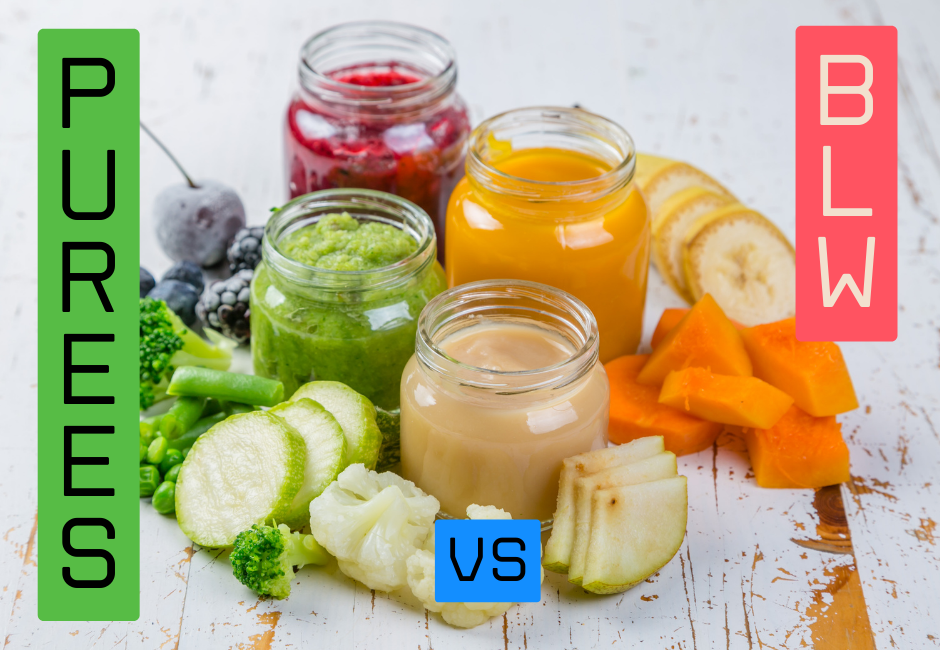
When it comes to introducing solids to your baby, one of the first decisions you’ll face is whether to go with purees or baby-led weaning (BLW). Both methods have their benefits. However, as a parent, you may wonder, “Which one is best for my baby”? In this article, we’ll explore the differences between baby led weaning and purees. I will share my personal experience, and help you make an informed choice.
Pros and Cons of Baby-Led Weaning (BLW)
Baby-led weaning is a method where babies skip the purees and start eating solid foods in their natural form. These are typically cut into soft, manageable pieces that they can pick up themselves. This approach encourages babies to feed themselves from the very beginning of their solid food journey. The key benefit is that it promotes independence and allows babies to explore flavors and textures at their own pace. If you’re interested in learning more about baby-led weaning, read my detailed article on how to successfully introduce solids using the BLW method and support your baby’s development with this approach.
Pros of Baby-Led Weaning
- Promotes Self-feeding and Independence: Your baby learns to eat on their own, which builds motor skills and hand-eye coordination.
- Variety of Textures: Babies experience a wide range of textures from the start, helping them develop chewing skills early.
- Less Fussing with Feeding Tools: No need for spoons or feeding jars. Just sit your baby at the table and let them explore their food.
Cons of Baby-Led Weaning:
- Messy: Expect food everywhere as your baby tries to grab and taste food.
- Safety Concerns: To reduce the risk of choking, prepare foods safely by cutting them into appropriate sizes. Avoid hard, round foods like grapes.
- Parental Supervision Needed: Babies need constant supervision while eating, especially when they are learning how to chew.
Pros and Cons of Spoon-Feeding (Purees)
Purees involve giving your baby soft, mashed-up foods with a spoon. This method is more structured, as you control the texture of the food and spoon-feed your baby. Many parents start with purees because it seems like an easier and less messy way to begin the weaning process.
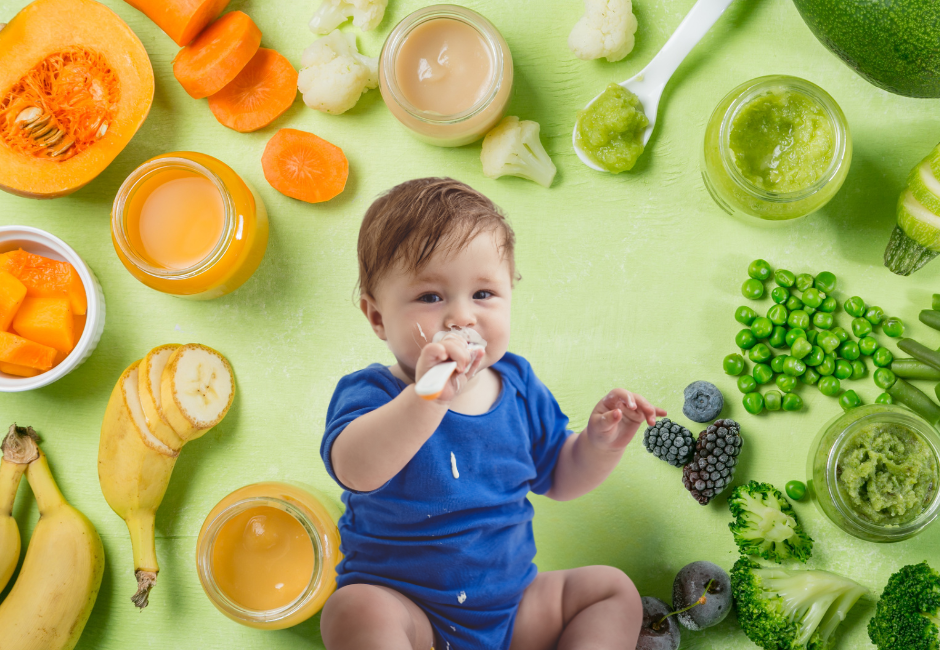
Pros of Purees:
- Less Mess: Purees are easy to feed, and there’s much less mess compared to BLW.
- Controlled Portions: You can control how much food your baby is eating, which can be reassuring for parents.
- Easier to Introduce New Foods: Purees allow you to easily introduce new flavors and textures in a controlled, gradual way.
Cons of Purees:
- Limited to Spoon-Feeding: Babies don’t learn to feed themselves, and it might take longer for them to develop the skills to eat independently.
- Less Exploration: Babies may not experience a wide variety of textures early on, which could impact their acceptance of solid foods later.
- Transitioning to Solids: Babies who are fed only purees might struggle to transition to finger foods later on.
To reduce the impact of the cons, it’s important to be mindful of how long you offer purees to your baby. I agree that they can be a great starting point. However, offering purees for too long can sometimes make it harder for your baby to transition to more solid textures later on. Some babies may become more accustomed to the smooth consistency of purees and might show a preference for them, making it challenging to introduce chunks or finger foods.
Some babies still prefer purees after their first year. This isn’t wrong, but it could lead to picky eating habits later. These babies may struggle with larger food pieces or refuse new textures. Gradually introducing more textured foods and finger foods can help your baby adapt and develop healthy eating habits.
If you’re concerned about your baby developing picky eating habits, check out my article on how to avoid picky eating for some helpful tips!
The Cost Factor of Baby-Led Weaning Vs. Purees
When it comes to the cost factor, purees and baby-led weaning (BLW) each come with different expenses. Here’s a breakdown:
Purees:
Equipment Costs: To make your own purees, you’ll likely need a blender or food processor, which could be a one-time investment.
- Baby Food Purchases: Many parents buy pre-made baby food jars or pouches, which can add up over time.
- Fresh Ingredients: You’ll need fresh fruits, vegetables, and grains to create homemade purees, so there’s also the cost of frequent shopping for these ingredients.
- Extra Time & Effort: Purees often require more time for preparation and storage (e.g., freezing portions), which can be a hidden cost in terms of effort.
Baby-Led Weaning (BLW):
- No Special Equipment: BLW doesn’t require any special equipment—just regular family plates and utensils.
- Using Family Meals: One of the major cost-saving benefits of BLW is that you can use the same food your family eats. There’s no need to purchase separate baby food. Meals for your baby can be adapted from what you’re already preparing for the rest of the family.
- Less Frequent Shopping: Since you’ll be serving whole foods like fruits, vegetables, and proteins, you don’t need to make extra trips for baby-specific food items.
In summary, BLW can be the more affordable choice for many families. It allows you to skip the cost of baby food jars and pouches, while still providing your baby with nutritious, homemade meals. The key is planning. Whether you choose purees or BLW, with careful meal planning, both methods can be affordable options that work within most family budgets.
My Experience
When we started solids around six months, I chose purees at first, mainly because it felt like the right choice for us at that time. I wanted to make sure I had control over how much my baby ate, and purees made it easy to manage. But as we moved forward, I noticed that my baby began showing more curiosity about our meals. She would watch us eat and try reaching for our food, which made me think that baby-led weaning might be the next step.
So, I gradually began introducing mashed food and larger pieces, slowly increasing the texture and size. Eventually, I started letting her grab food from the table, which led to an exciting new phase where she could explore and develop her independence. I don’t think this approach is the only way to do things, and I absolutely believe every parent knows what’s best for their baby, but I found that this process worked well for us.
Conclusion: Purees or Baby-Led Weaning?
Incorporating both purees and baby-led weaning (BLW) into your daily routine can be surprisingly easy. One of the main benefits of BLW is that it fits well into meal prepping for the whole family. While preparing dinner for everyone, you can set aside small pieces for your baby to try. This saves time and ensures everyone eats the same meal. Purees, on the other hand, require a bit more preparation, especially if you’re making them from scratch. However, they can still fit into a busy day if you batch and freeze them ahead of time. Flexibility is key. Some days, you might opt for purees when you’re in a rush, while other days, you can introduce finger foods as your baby becomes more comfortable with them.
Both baby-led weaning and purees have their merits, and ultimately, the choice is yours. The key is to choose what works best for your family, keeping in mind your baby’s development, preferences, and your comfort level with each approach. Some parents find that a combination of both methods works well. Starting with purees and gradually introducing finger foods as their baby becomes more comfortable with solids.
No matter which path you choose, remember that it’s all about helping your baby develop healthy eating habits. Enjoy the journey and the mess—it’s all part of the process!
FAQ
Q: Can I combine purees and baby-led weaning?
A: Yes! Many parents choose to combine both methods by starting with purees and introducing finger foods when their baby is ready.
Q: What are some good first foods for baby-led weaning?
A: Avocado, steamed carrots, soft sweet potatoes, and banana are all great first foods for BLW.
Q: Is baby-led weaning safe for my baby?
A: Yes, but it’s important to ensure that foods are appropriately prepared to avoid choking hazards. Always supervise your baby during mealtime.
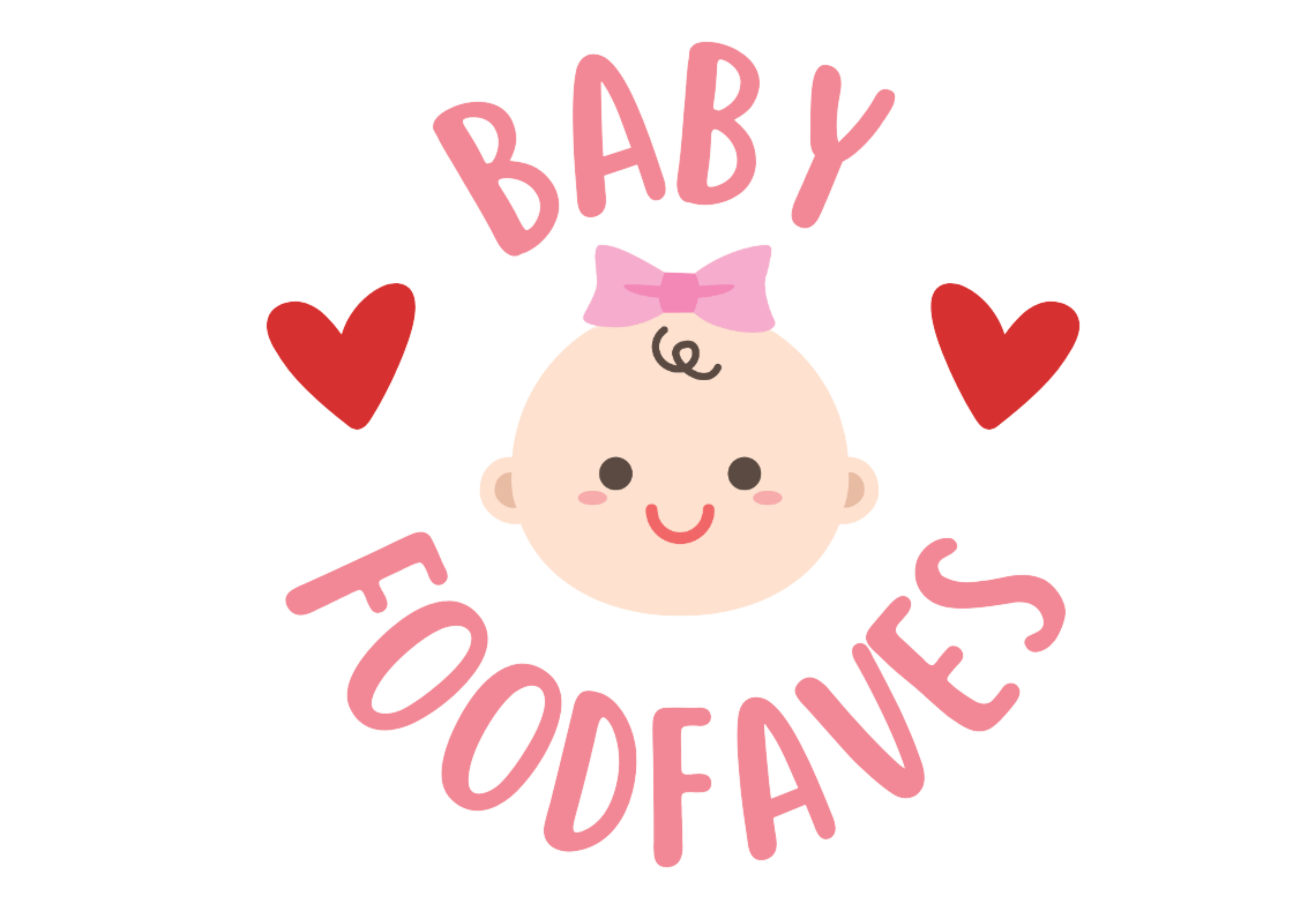
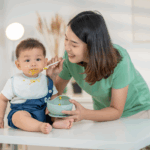
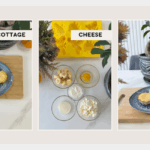
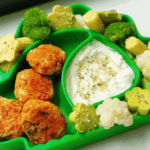
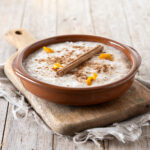
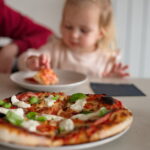
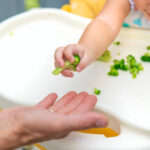
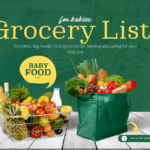
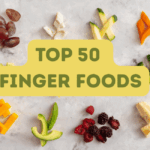
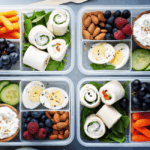
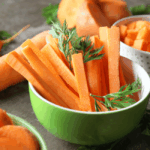
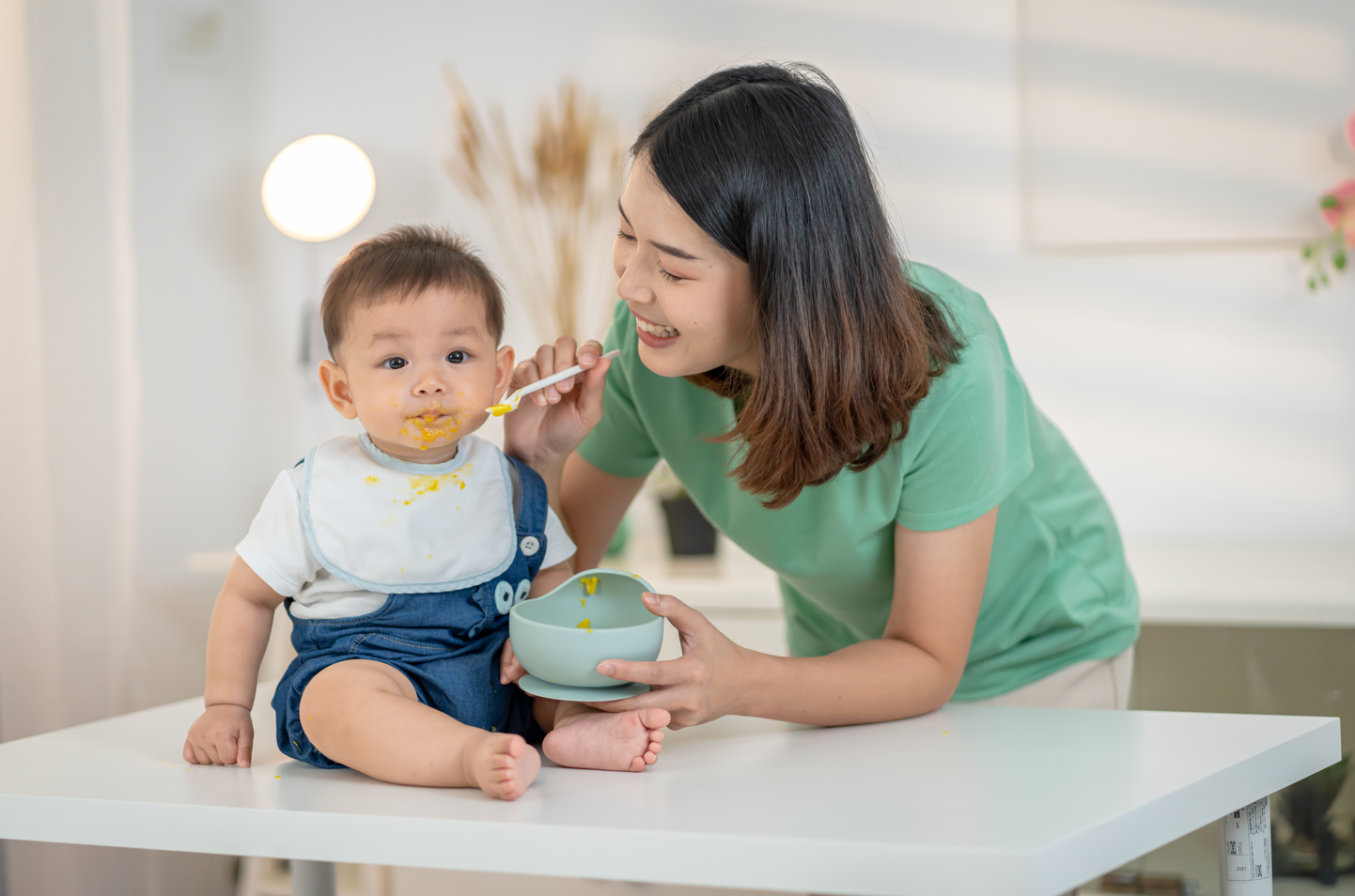
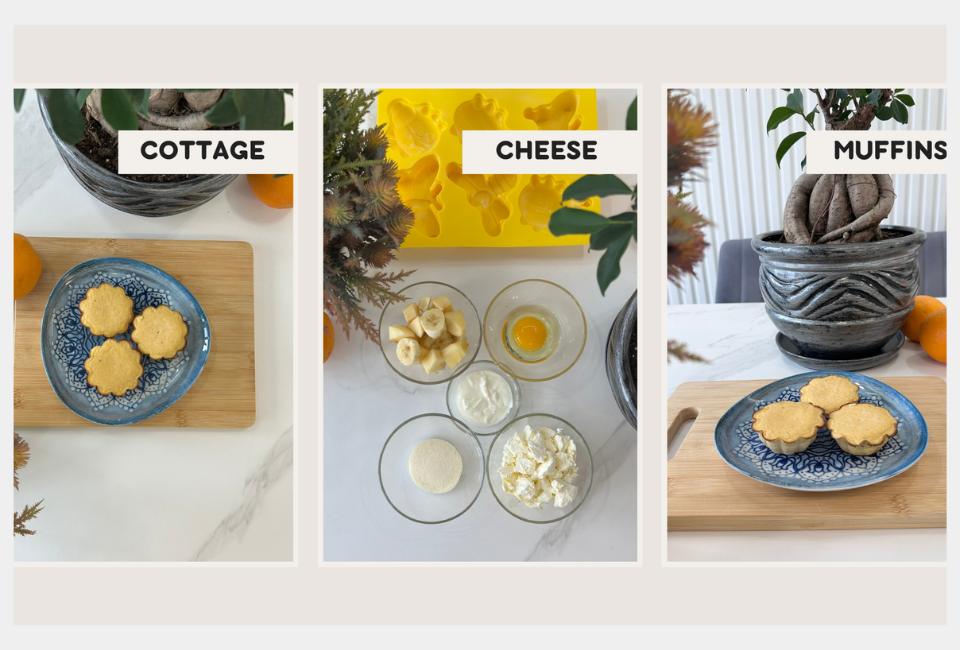
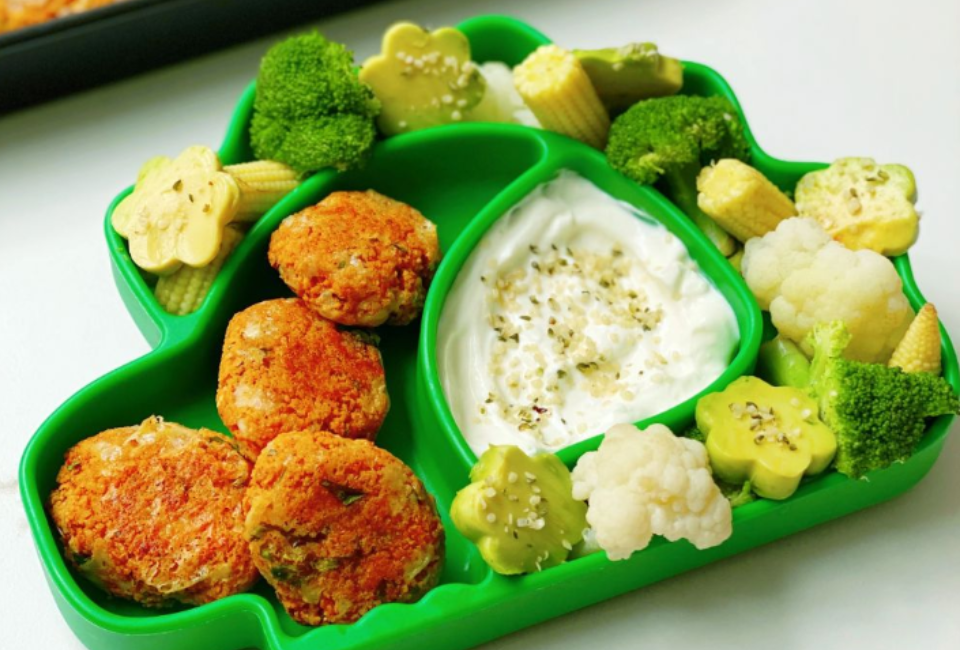
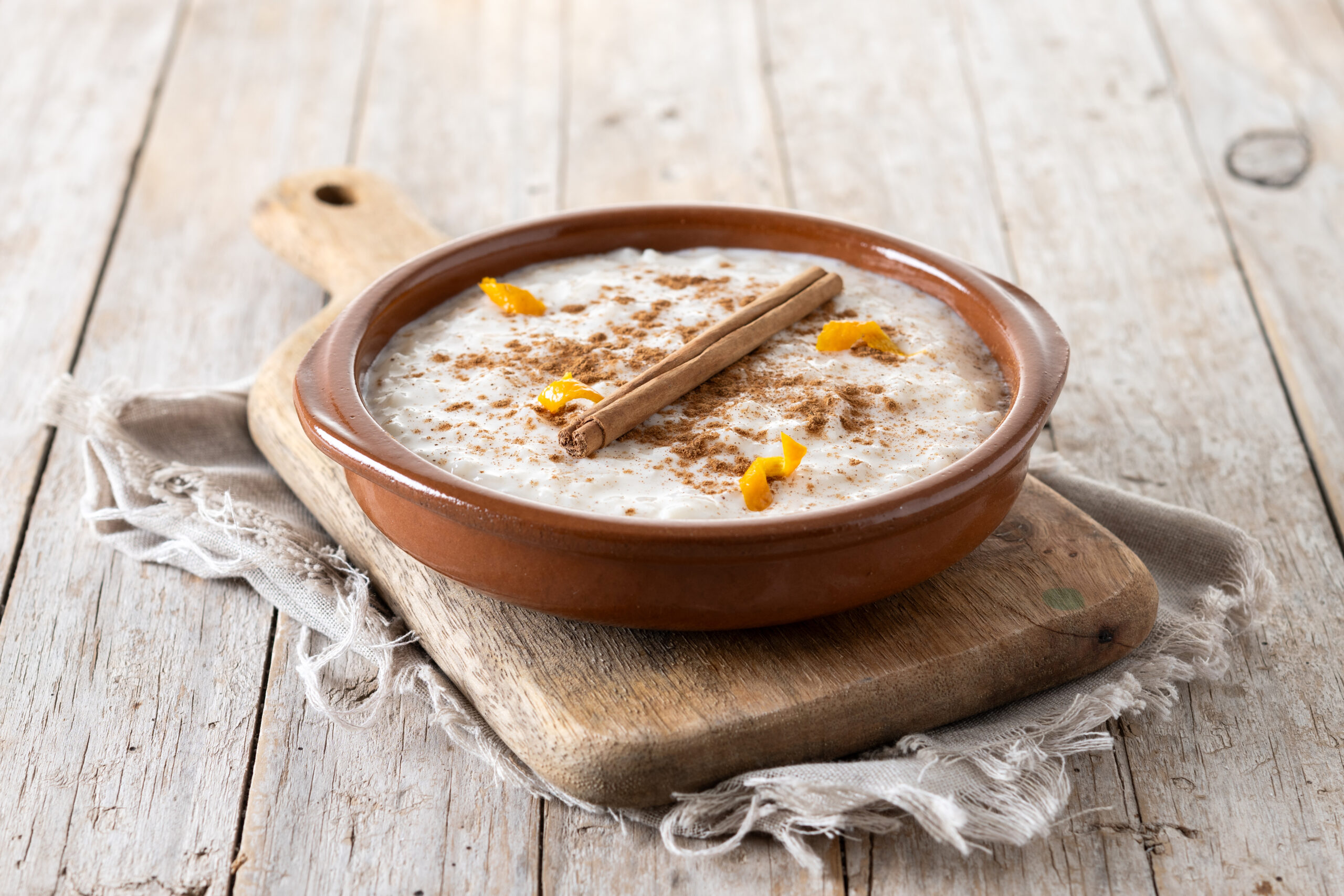
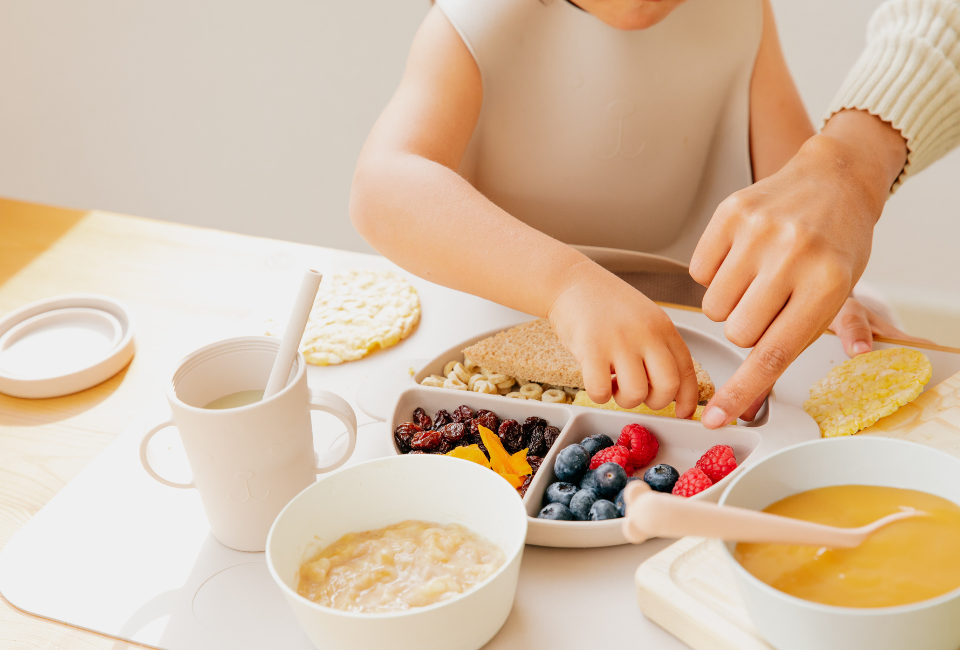
Leave a Reply